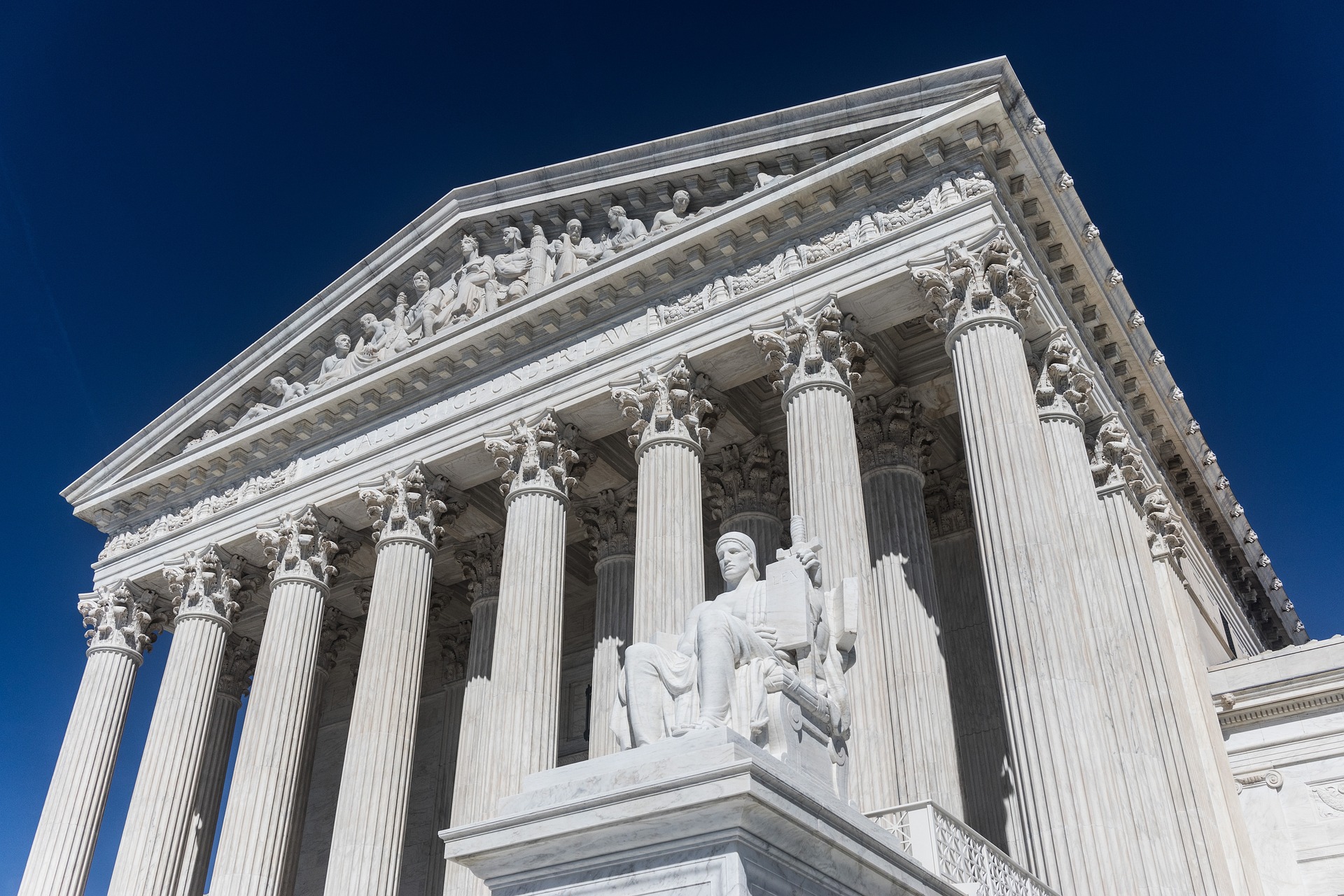Evaluating the Shift Towards Eminent Domain Laws in America
Unearth the evolving dynamics and recent developments in America's Eminent Domain Laws. Dive into the rich history, current legal updates, societal impacts, and future implications of these poignant laws.

A Historical Perspective on Eminent Domain Laws:
Emerging from the Fifth Amendment in the U.S constitution, the principle of eminent domain, also known as “condemnation”, allows the government to take private property for public use, after paying “just compensation”. Historically, the principle has been used to facilitate community growth and public welfare projects including building of roads, public utilities, and schools.
Shifting Legal Paradigm:
Recent years have seen a significant shift in eminent domain laws. The landmark Supreme Court ruling in Kelo v. City of New London expanded the boundary of “public use” to include economic developments such as shopping centers and office parks. This broad interpretation has sparked heated debates across political and legal landscapes regarding the limitation to the principle’s utilization.
The societal Impact:
The ripple effect of this ruling has already surfaced in communities nationwide. Private homeowners have endured forced displacements to pave way for corporate projects, stirring resentment and raising questions about the balance between individual property rights and public interests. This friction is behind a growing public outcry and demands for stronger property rights.
The Legislative Counteraction:
In response to the Kelo ruling, numerous states have adopted stricter laws to limit eminent domain mitigation. Provisions such as Public Use Protection Acts aim to prevent expropriation for economic development unless directly tied to ‘public use’. These legislative changes exemplify attempts to recalibrate the balance that was disrupted by the Kelo ruling.
The Future Implications:
The contentious path of eminent domain laws in America continues to shape the relationship between citizens and their government. The delicate interplay of future court rulings, societal expectations, and legislative adaptations holds weighty implications for constitutional law and individual liberty. The direction that America legally takes will play a crucial role in defining the fundamental rights of its citizens.
In conclusion, the journey of eminent domain laws in America manifests a dramatic legal evolution and a remarkable face of constitutional interpretation. How legislators and jurists continue to grapple with the balance between personal liberty and public good in this context underscores the complex and nuanced nature of American law, with implications far beyond eminent domain itself.




